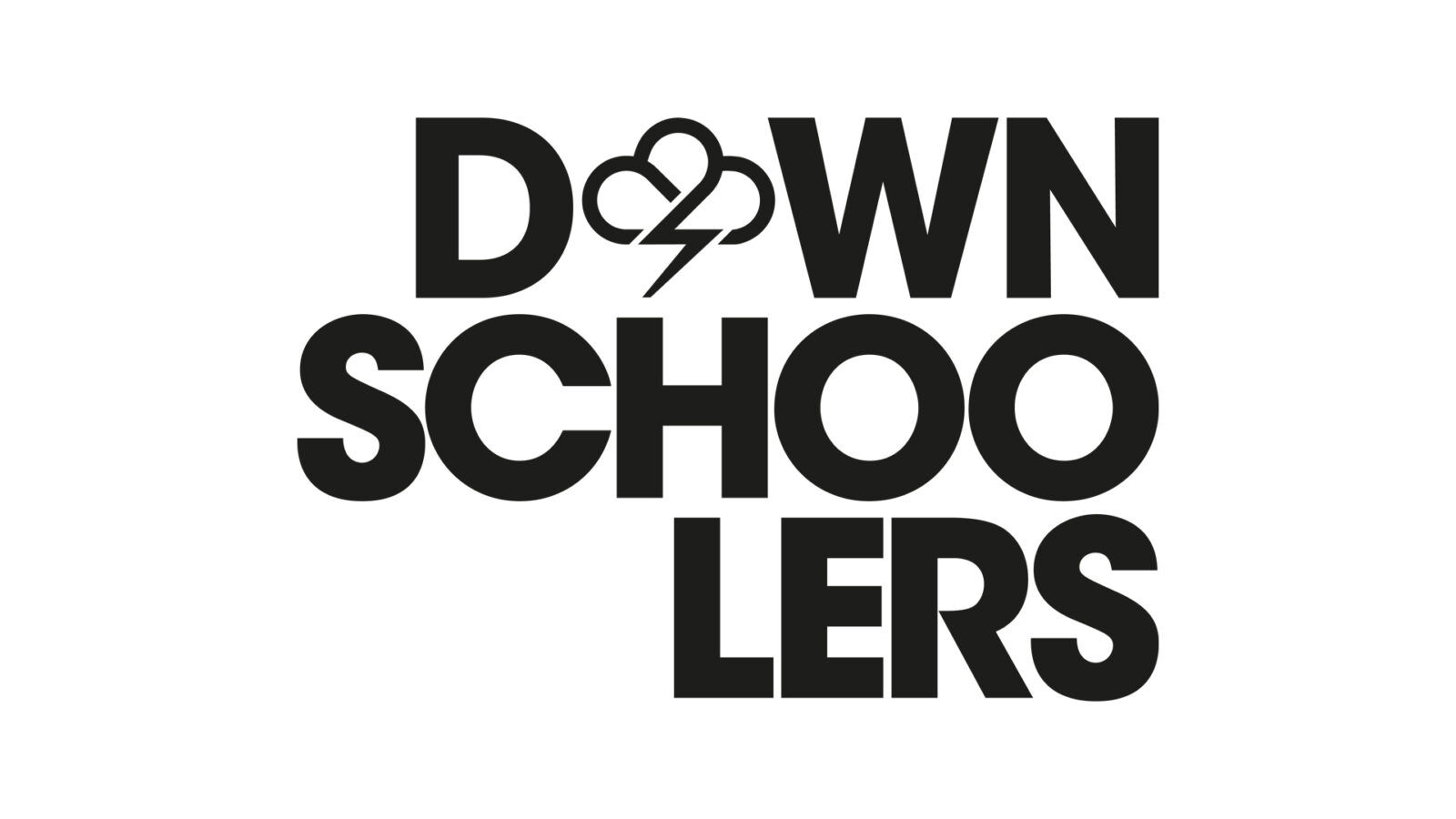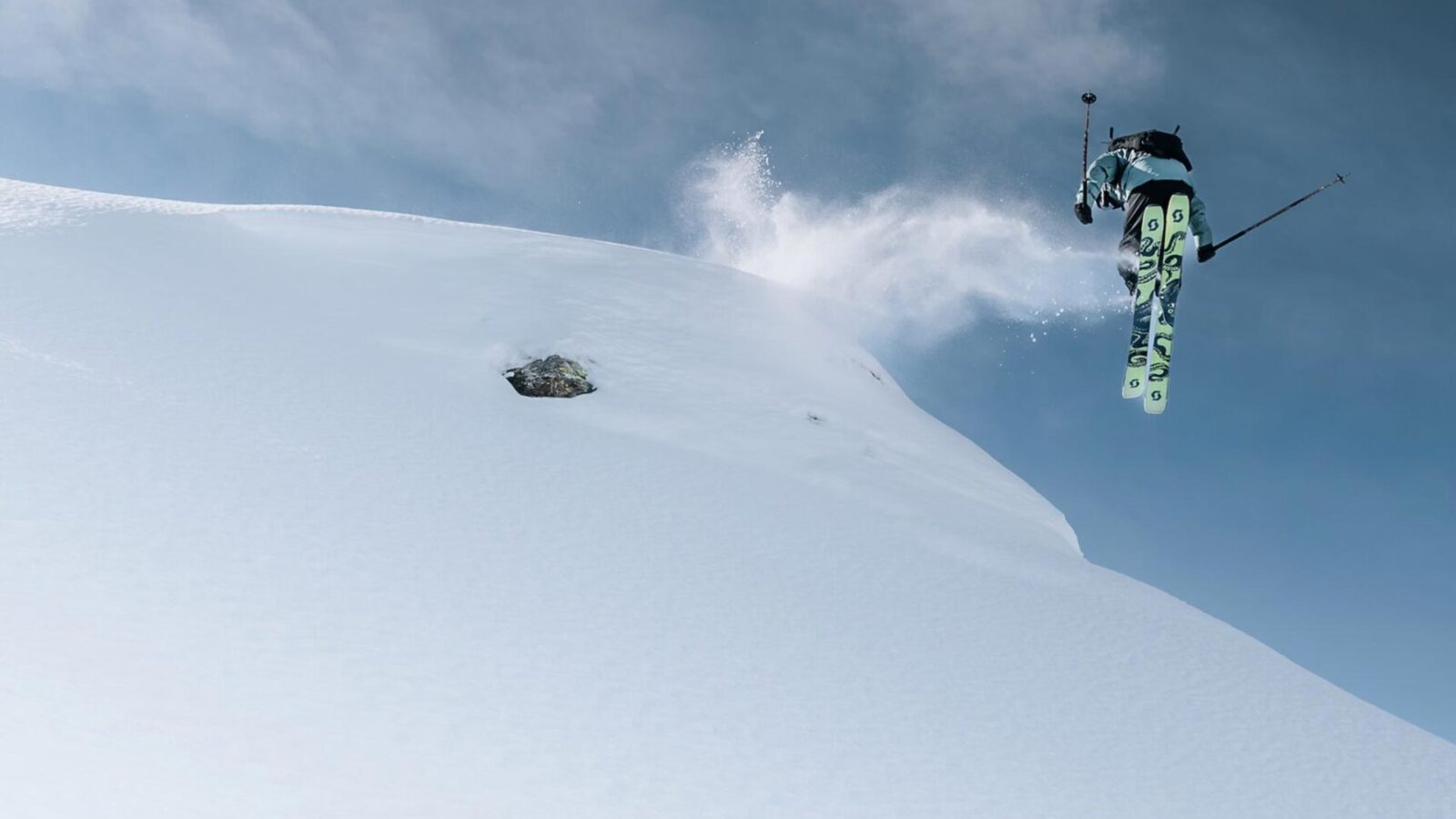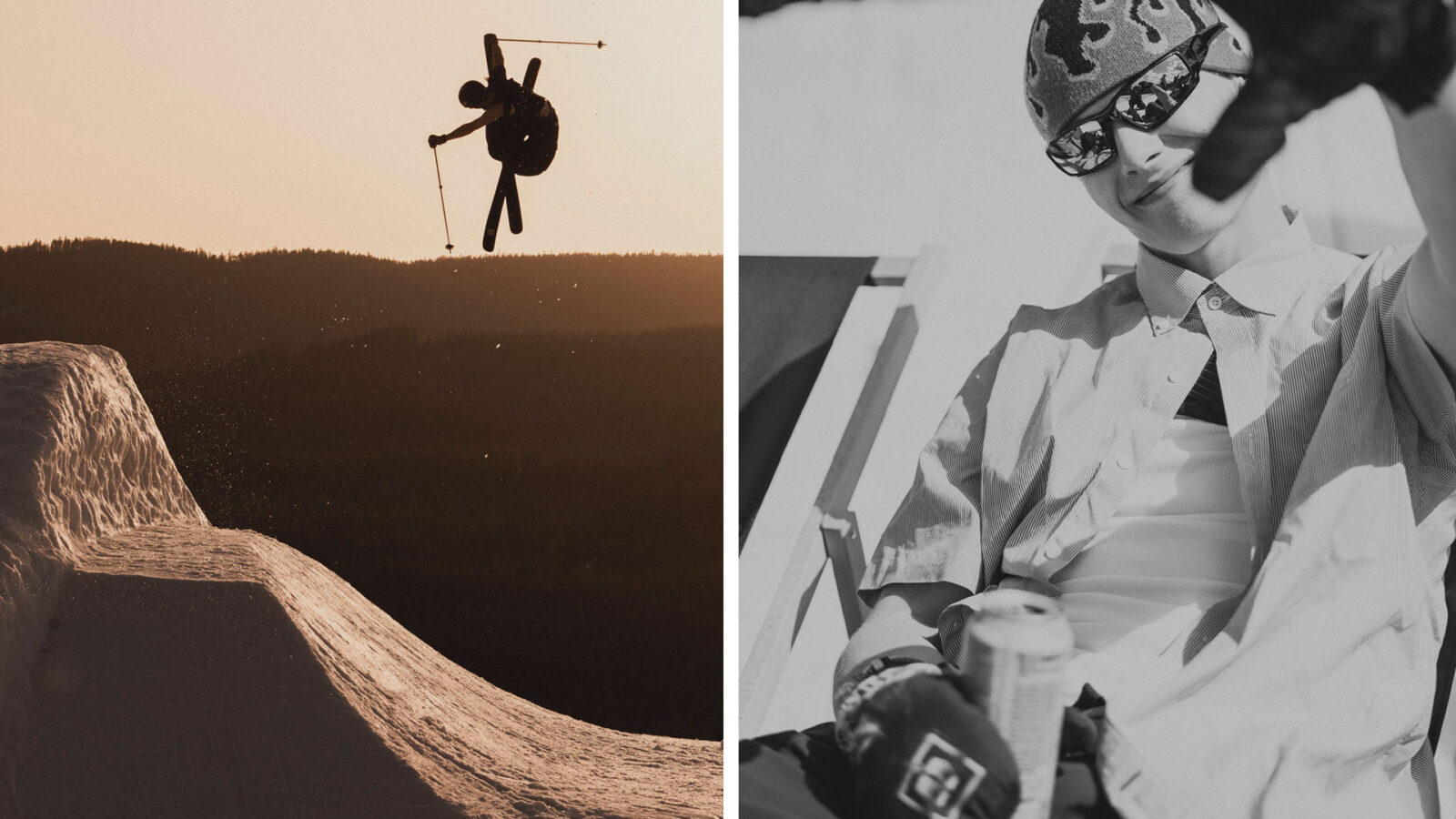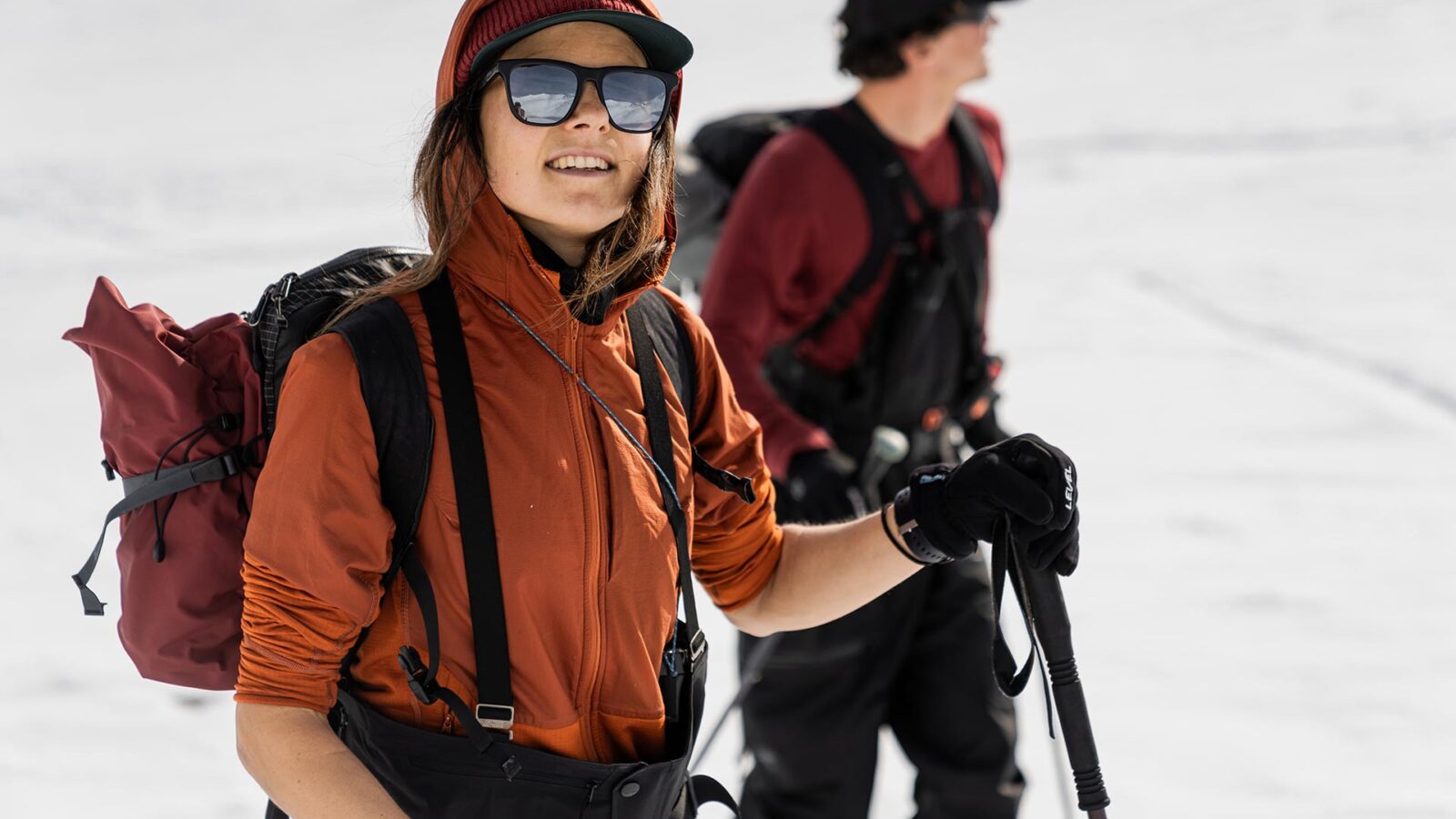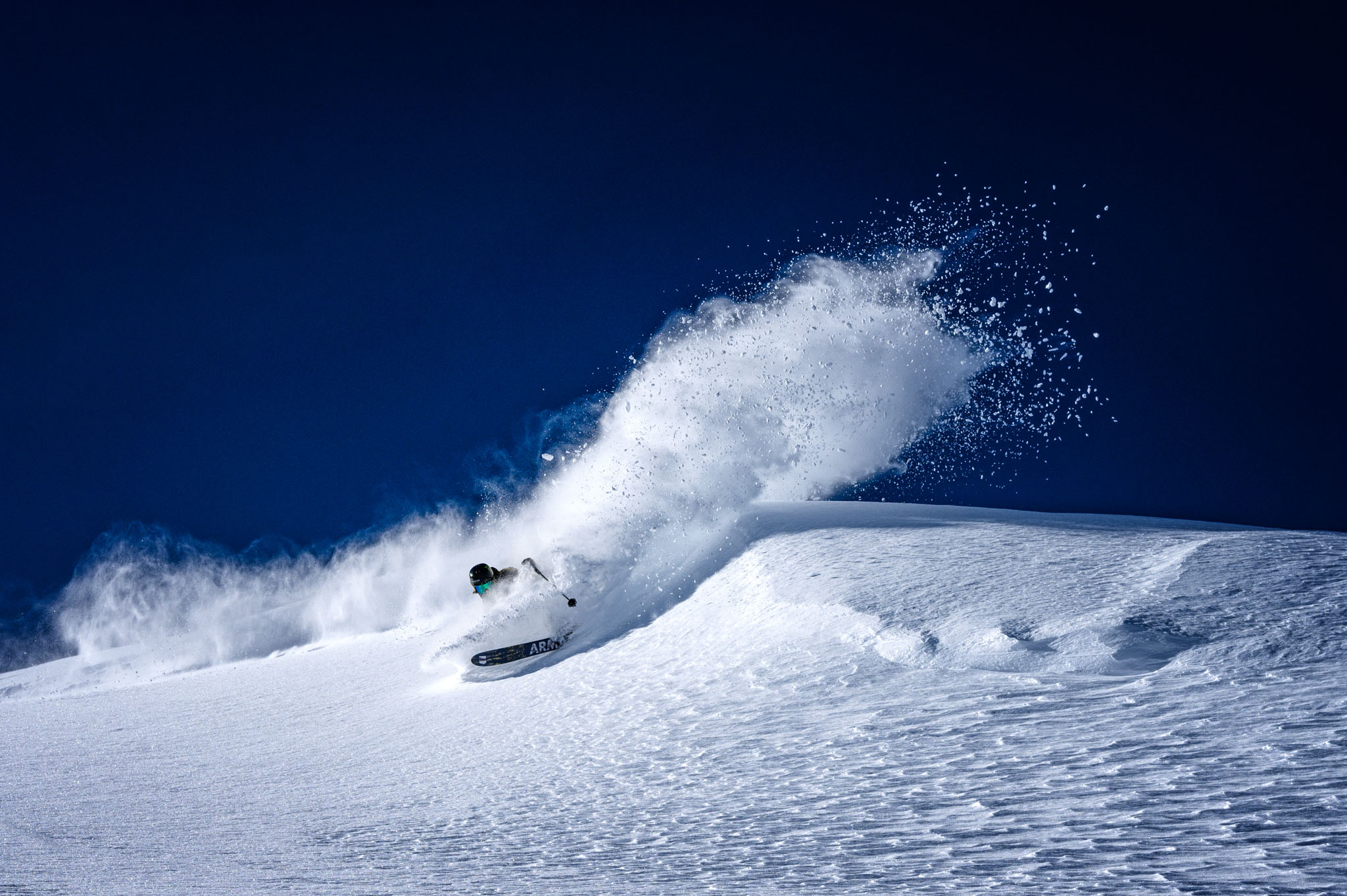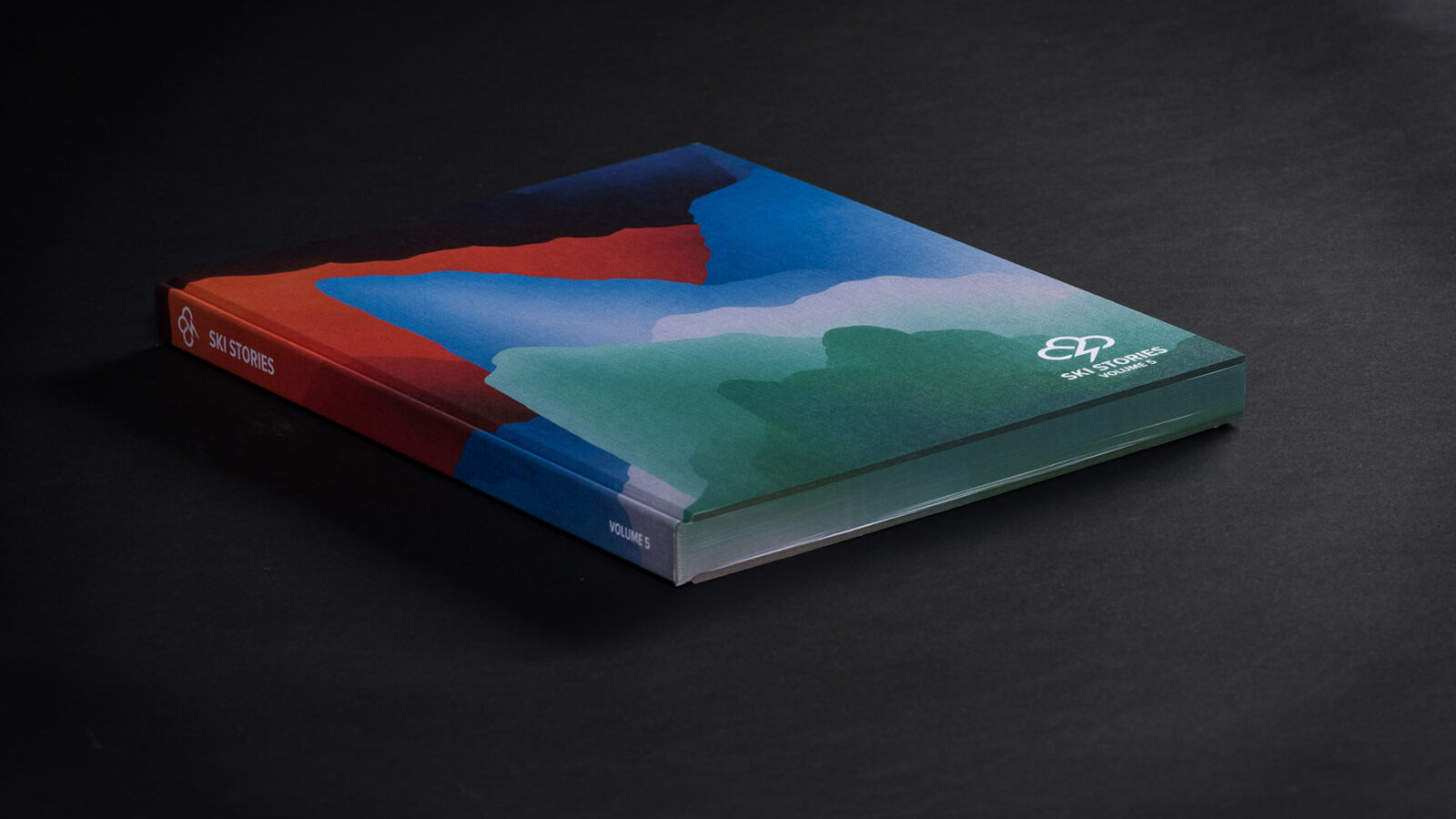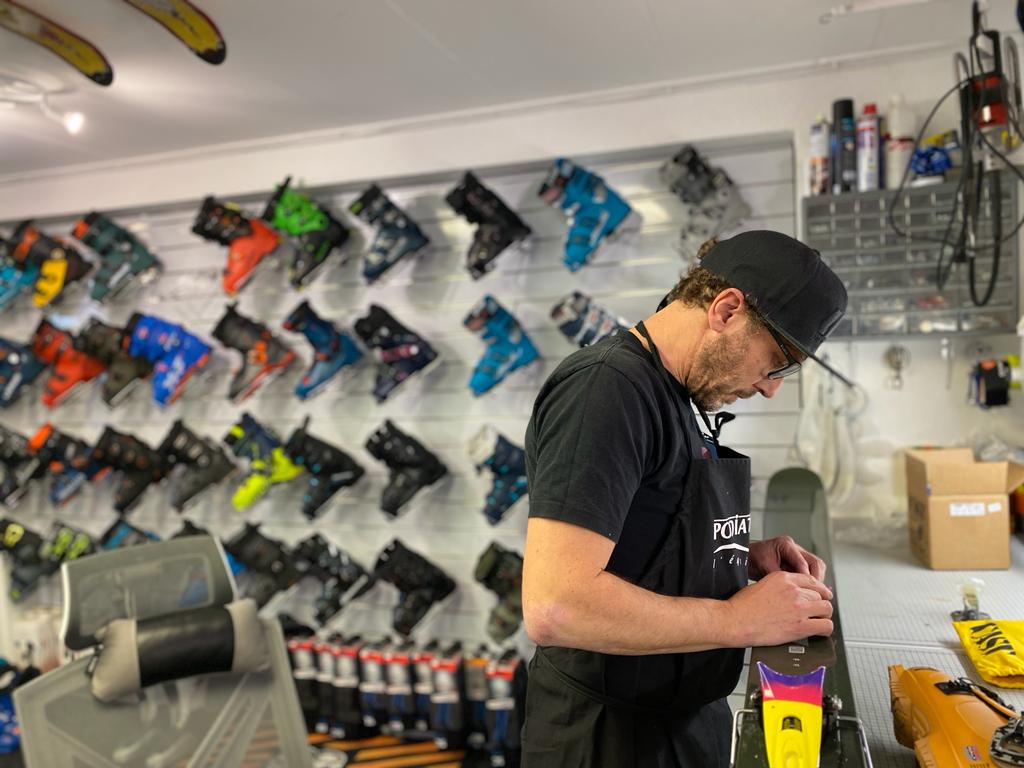
Stories
Shop talk
Sole Brother: Conversations with a Bootfitter
What do Henrik Harlaut, JP Auclair, Seth Morrison, Sammy Carlson and Glen Plake have in common? Yes, they’re some of the best skiers ever to slip into a pair of boots. They’ve also had those boots fitted or adjusted by Steve Rooke at Sole Boot Lab in Chamonix. Since its opening in 2000, Sole has been fitting boot for the greats as well as mere mortals. Steve told me his story while I had my own pair fitted.
How did you get into fiddling with skier’s feet?
I started fitting hiking footwear in a climbing shop, started skiing, and was a frustrated ski boot customer. As a climber, I was used to having very tight-fitting shoes and my first experience of using ski boots meant that it was quite difficult to control the skis. I understood why people were so frustrated with skiing and had hours and hours of tuition trying to control them, when really, if the boot fitted much more tightly, I was able to control the skis and therefore develop my technique myself. That was how I started fitting ski boots. That was in 1996.
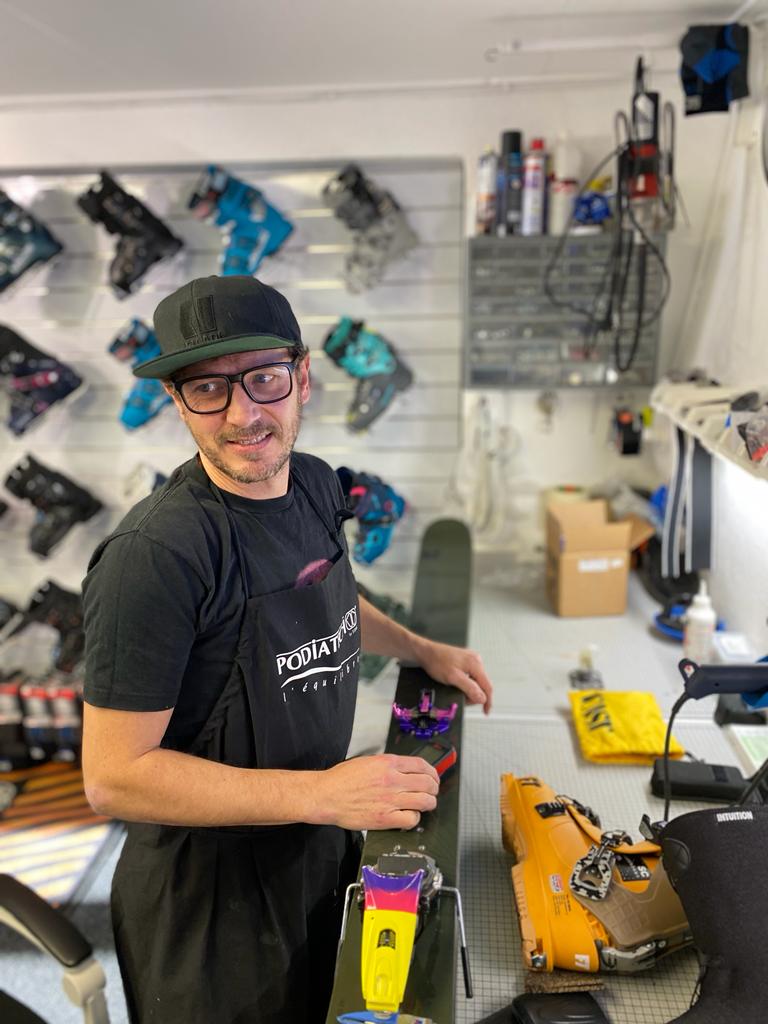
Steve Rooke.
What are some of the mistakes people make when choosing a ski boot?
Reading anything that’s written on the internet! Whether it be on forums or whatever. There’s a plethora of information available these days about every subject. Confirmation bias—trying to find the answers that you want, rather than finding the solution that you need—is what we all do on the internet. With Covid the last two years, none of us have been able to talk to each other very much and when we do, a lot of it’s on the internet.. People go on manufacturer’s websites; not that the manufacturers do a bad job, but they are trying to simplify the process so that you buy their product.
The best company at marketing themselves doesn’t necessarily make the best product for you. If your favorite skier happens to use that equipment as well, you’re leading yourself into a situation that you want something, you desire something, and it’s not necessarily going to be something that you need. That’s the biggest mistake that people make: being too firm in their decision-making without consulting a technician who has ski experience, who understands all the science behind the products. What we’re trying to do, on behalf of the manufacturers and everybody out there, is make sure that people come up with the right combination of products. That means that their experience is enhanced and pleasurable.
To buy a good ski setup these days—a good quality boot, binding and ski—you’re looking at the best part of €2000. Not a lot of people have that money lying around, so what they’re doing is buying a ski boot one year, maybe a binding two years later, maybe a ski the next year. Actually they’re buying the best product for that particular year, but those three products don’t necessarily work together very well. What then tends to happen is, people assume that this binding isn’t working, or this ski isn’t working or the boot, when actually the system itself has a flaw.
People buying a stiff boot and a soft ski makes no sense. The boot will overpower the ski, you’ll get a chattery/floppy effect, and then people will criticize the ski. People can buy a soft-flexing boot and then a ski that’s stiffer; the combination of a softer boot on a stiffer ski means that the boot will just run out of energy. It won’t harness your body’s energy and the ski will feel too stiff and “run away with you,” and then people will criticize the ski or the boot. To match a 130 flex ski boot with a 130 flex ski or a 110 or a 120 ski would be within its limit, but to try and match an 80 flex ski with a 130 boot would be a ridiculous situation.
So that’s skis and boots, what about bindings?
Bindings are another thing. People are buying Dynafit or tech toe bindings—every company makes a non-elastic, lightweight tech binding these days—and then putting it on a big ski or a little ski or any particular ski. The binding itself inhibits the flex of any ski, so if somebody’s decided that they want a very lightweight, non-elastic, tech-style binding and then are going to spend 10 hours researching skis, then it’s a complete waste of 10 hours. To get your choices down to three and then pick one, you’re really looking at physical dimensions: length, width and radius. The small differences in flex you’ll never really notice if you put on a binding that’ll stop the whole system working properly.
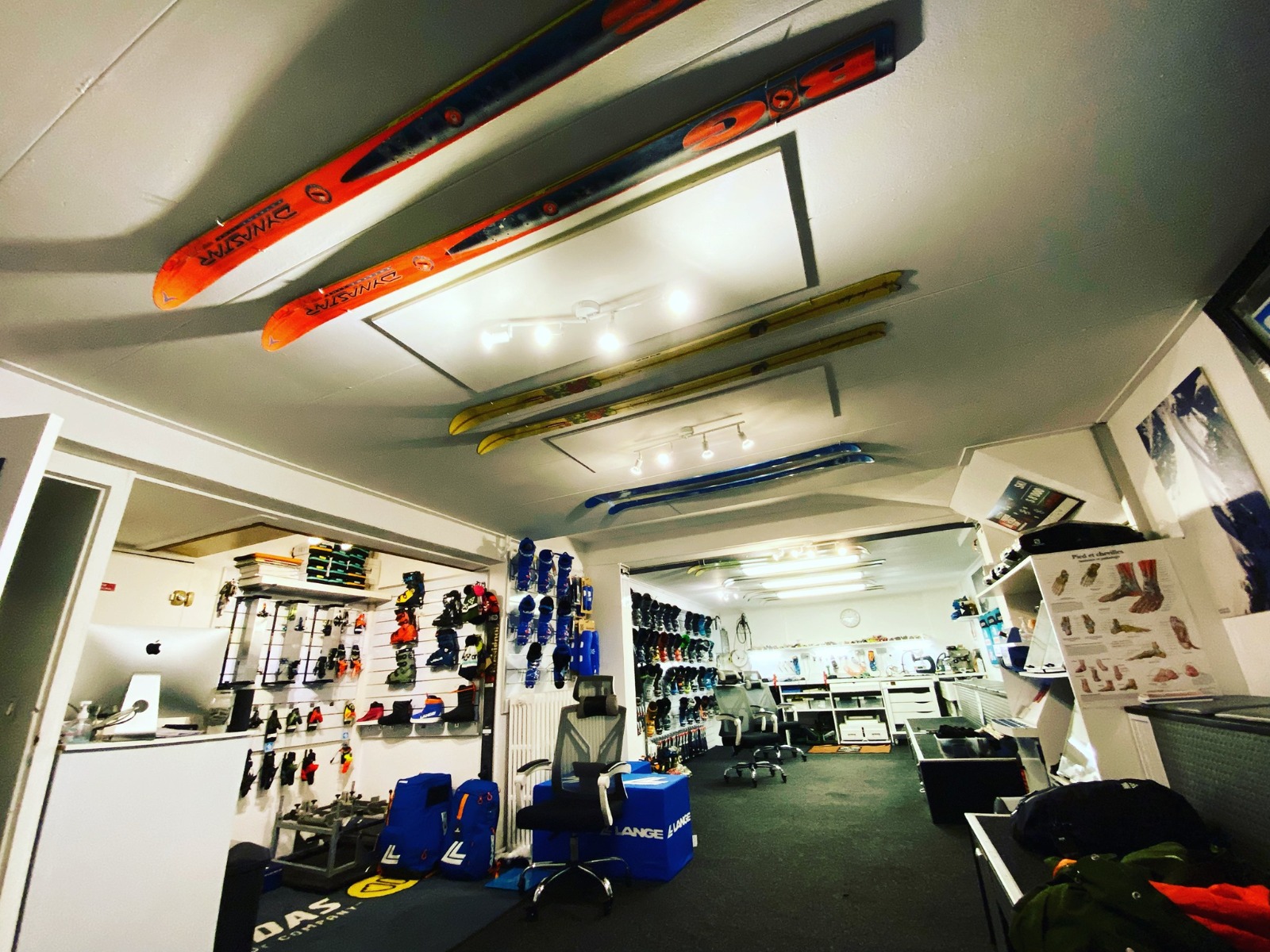
Sole Boot Labs in Chamonix.
Would, for example, a Faction ski perform better with a Look binding and Dalbello boot, or something like that?
It’s not brand specific. Every single company makes an amazing ski. When I talk about amazing, I mean a full wood core with metal in it. That’s the best way to harness your boot’s energy, your energy going through the boot, through an elastic travel binding, into a properly made ski. Every company makes one; Armada makes the Declivity range, every ski company makes a ski with hardwood and metal in it, which is the best way to make a ski. They will then soften the ski, without metal, using softer woods to make lighter skis. They all make that category of hybrid-core ski as well. They also make what I consider to be junk, which is aimed at the rental market where performance isn’t really necessary. “Soft,” they call it—what people are looking for on a low-end/low-price product: buying something that’s cheaper, that doesn’t really perform very well, and that isn’t really an issue for skiers in the early days. The product doesn’t need to be durable because the skier’s evolution is faster than the product needs to be. For rental, I understand people getting soft, big-fitting boots and skis, because what they’re doing is trying to learn what the equipment is and how to use it.
The manufacturers are stuck on this beginner, intermediate, advanced and expert scale. No one talks about the weight and height of their clients. A beginner skier who’s 2.2m tall and weighs 150kg is going to need much stiffer materials, just because of his size and weight. The earlier that you start skiing, the easier that the materials and equipment is to use. We regularly put beginner skiers in 130 boots, because they’re huge. The effect that your weight and height have on the equipment is way more important than your ability. We put people in higher quality materials than the marketing departments would choose, based on the fact that you only improve as a skier, so why not have the equipment ready for when you improve and learn to use it properly?
Freestyle skiing is a very niche part of the market. Performance is critical, but we’re a little more relaxed with the performance, because it’s so expressive. There are certain brands that do freestyle better than others: Line, Full Tilt, Armada, the people that sponsor and work with those kinds of athletes and design products for them to use.
On the whole, you can support whichever brand you want. You can buy a terrible ski from every brand and you can buy a really good ski from every brand. A good specialist shop can tell you more than the marketing, advertising, website or Youtube can.
Would you say that all ski boots need at least some level of customization?
Absolutely. Every single skier needs a well-made footbed. We called the shop Sole for a reason. We truly believe that the custom footbed is the foundation to all skiing. Henrik didn’t come here to buy boots; he came here to get footbeds. Sammy came in for some customization. JP came in because he was in so much pain that he couldn’t ski. A custom footbed does 90% of all the boot-fitting work. It keeps the foot in neutral, so it’s able to move through its entire range of motion and come back to that neutral point, so that it never hyper-extends itself or overworks. It reduces the length of the foot so that you can put it in a smaller ski boot, a tighter-fitting ski boot.
Everybody needs that, so if that’s customization, then everybody needs something customized. Footbed is customization, the liner customization, looking at boot geometry is customization, raising the heel to get the right angle for the ankle to get the maximum range of motion, putting spoilers at the front or back. Is it possible to do it otherwise? Yes. Is it optimized: No. Afterwards, pushing lumps and bumps and stretching boots, of course that’s possible, but not everyone needs that.
What’s one tip or golden rule for skiers to get better-fitting boots?
The main thing I want to get across to your readers is: enjoy reading what you can on the internet. Enjoy seeing your heroes ski and inspire you and helping you fall in love with skiing. Try not to get too passionate about what they’re using and how. For me, the big thing is geometry, especially in the freestyle world. Talking about the mounting point of bindings: “Henrik mounts his skis there, so I need to mount mine there too.” You’re unique, your body’s a completely different shape. Your ankle flex is completely different. You’re using a different set or stack height of binding than he’s using, or you’re using a different size boot. How that will then translate, that you should set up the same way as he does, makes no sense whatsoever. You’re so unique, to copy what anybody else is doing is just retarded. Get someone like us to sit down with you and try to help you have a better idea of what might be likely.
Truthfully, all these clever and beautiful people that design and make skis put on a line that says “recommended.” That’s it. If afterwards it doesn’t work, get your ankle flex and geometry worked out first, because those differences can be made in the boot, they’re much less radical and then you end up skiing the ski the way it’s been designed to be skied.
I try to ski every day I can here in Chamonix. Since a brain injury in 2010, I stick to cruising the pistes. I have pretty specific needs and haven’t changed my boots for almost 18 years. Steve put me in a pair of Full Tilt, First Chair 130s but switched the liner for a Nordica one for added stability. Because of the custom footbed, he put me in a size smaller than I’m used to. After the first day with aching feet, I was wondering what the fuss was about Sole. A few more runs and they’re not only amazingly responsive, but they somehow fit like a glove. Steve knows what he’s doing. Trust me.
